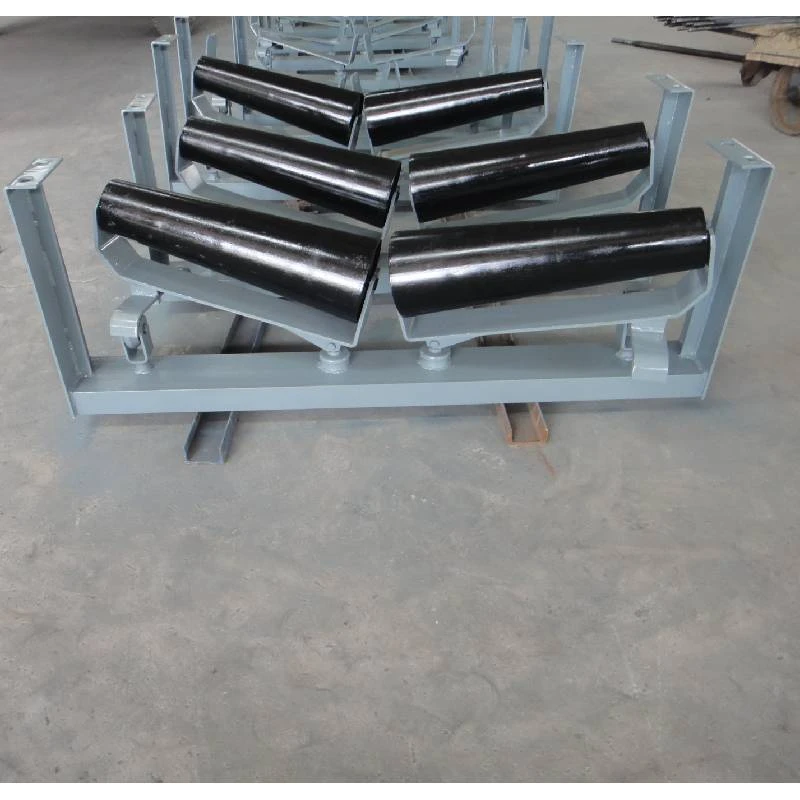 Afrikaans
Afrikaans  Albanian
Albanian  Amharic
Amharic  Arabic
Arabic  Armenian
Armenian  Azerbaijani
Azerbaijani  Basque
Basque  Belarusian
Belarusian  Bengali
Bengali  Bosnian
Bosnian  Bulgarian
Bulgarian  Catalan
Catalan  Cebuano
Cebuano  Corsican
Corsican  Croatian
Croatian  Czech
Czech  Danish
Danish  Dutch
Dutch  English
English  Esperanto
Esperanto  Estonian
Estonian  Finnish
Finnish  French
French  Frisian
Frisian  Galician
Galician  Georgian
Georgian  German
German  Greek
Greek  Gujarati
Gujarati  Haitian Creole
Haitian Creole  hausa
hausa  hawaiian
hawaiian  Hebrew
Hebrew  Hindi
Hindi  Miao
Miao  Hungarian
Hungarian  Icelandic
Icelandic  igbo
igbo  Indonesian
Indonesian  irish
irish  Italian
Italian  Japanese
Japanese  Javanese
Javanese  Kannada
Kannada  kazakh
kazakh  Khmer
Khmer  Rwandese
Rwandese  Korean
Korean  Kurdish
Kurdish  Kyrgyz
Kyrgyz  Lao
Lao  Latin
Latin  Latvian
Latvian  Lithuanian
Lithuanian  Luxembourgish
Luxembourgish  Macedonian
Macedonian  Malgashi
Malgashi  Malay
Malay  Malayalam
Malayalam  Maltese
Maltese  Maori
Maori  Marathi
Marathi  Mongolian
Mongolian  Myanmar
Myanmar  Nepali
Nepali  Norwegian
Norwegian  Norwegian
Norwegian  Occitan
Occitan  Pashto
Pashto  Persian
Persian  Polish
Polish  Portuguese
Portuguese  Punjabi
Punjabi  Romanian
Romanian  Russian
Russian  Samoan
Samoan  Scottish Gaelic
Scottish Gaelic  Serbian
Serbian  Sesotho
Sesotho  Shona
Shona  Sindhi
Sindhi  Sinhala
Sinhala  Slovak
Slovak  Slovenian
Slovenian  Somali
Somali  Spanish
Spanish  Sundanese
Sundanese  Swahili
Swahili  Swedish
Swedish  Tagalog
Tagalog  Tajik
Tajik  Tamil
Tamil  Tatar
Tatar  Telugu
Telugu  Thai
Thai  Turkish
Turkish  Turkmen
Turkmen  Ukrainian
Ukrainian  Urdu
Urdu  Uighur
Uighur  Uzbek
Uzbek  Vietnamese
Vietnamese  Welsh
Welsh  Bantu
Bantu  Yiddish
Yiddish  Yoruba
Yoruba  Zulu
Zulu conveyor idlers
Understanding Conveyor Idlers Essential Components for Efficient Material Handling
Conveyor systems are pivotal in numerous industries, ranging from mining and manufacturing to logistics and warehousing. One of the key components that ensure the smooth operation of these systems is the conveyor idler. These seemingly simple devices play a critical role in supporting the weight of the conveyor belt and the materials being transported. In this article, we will explore the function, types, and importance of conveyor idlers to better understand their impact on material handling efficiency.
What Are Conveyor Idlers?
Conveyor idlers are cylindrical rolls that are positioned along the length of a conveyor belt. They serve to support the belt itself and facilitate the movement of materials. The idlers are designed to minimize friction as the belt moves over them, thus allowing for smoother operation and reduced wear on the belt. Idlers also help maintain the alignment of the conveyor belt and the load, preventing any potential slippage or misalignment issues that could disrupt the entire system.
Types of Conveyor Idlers
1. Impact Idlers These are located at the loading and transfer points of a conveyor system. They are designed to absorb the shock of heavy loads dropping onto the belt, helping to reduce the impact stress on the belt and idler rollers.
2. Carry Idlers Based on their name, carry idlers support the belt and the material load as the belt travels along its path. They are crucial for the main operation of the conveyor, directly contributing to the load-bearing capacity of the system.
3. Return Idlers Located underneath the return portion of the conveyor belt, return idlers ensure that the belt maintains its shape and tension as it cycles back to the loading zone. They help in reducing spillage and ensure a streamlined return path for the belt.
4. Training Idlers These idlers are specifically designed to guide the belt in the correct direction, ensuring that it remains centered on the idler frame. Proper alignment is crucial for efficient operation and longevity of the conveyor system.
5. Trough Idlers Commonly used in bulk material handling, trough idlers have a concave design that helps retain materials on the belt. They offer increased load support and stability, making them ideal for heavy-duty applications.
conveyor idlers

Importance of Conveyor Idlers
The significance of conveyor idlers cannot be overstated. They contribute to several critical aspects of material handling systems
1. Efficiency By reducing friction, idlers enable the conveyor system to operate smoothly, minimizing energy consumption and lowering operational costs. Efficient idlers lead to faster material transport, enhancing overall productivity.
2. Wear and Tear Idlers play a vital role in extending the life of the conveyor belt. By minimizing wear on the belt, they reduce the frequency of replacements and maintenance, leading to significant cost savings over time.
3. Load Support and Distribution Properly functioning idlers ensure even distribution of materials across the belt, preventing overloading in specific areas. This balance is essential for maintaining the integrity of the conveyor system.
4. Safety The correct installation and maintenance of idlers can prevent malfunctioning, which in turn minimizes the risk of accidents related to conveyor belt operation. A reliable idler system ensures that materials are securely transported without spillage or misalignment.
5. Environmental Impact Efficient material handling systems, facilitated by conveyor idlers, can contribute to more sustainable practices. By optimizing energy use and reducing waste, businesses can minimize their environmental footprint.
Conclusion
Conveyor idlers are indispensable components that play a crucial role in the efficiency and effectiveness of material handling systems. As industries continue to evolve and demand for efficient transportation solutions grows, the design and technology surrounding conveyor idlers will also advance. Investing in high-quality idlers and adhering to proper maintenance protocols will not only enhance operational efficiency but also lead to significant cost savings and improved safety in the workplace. Understanding the importance of these components is vital for any business looking to optimize its material handling processes.
-
Revolutionizing Conveyor Reliability with Advanced Rubber Lagging PulleysNewsJul.22,2025
-
Powering Precision and Durability with Expert Manufacturers of Conveyor ComponentsNewsJul.22,2025
-
Optimizing Conveyor Systems with Advanced Conveyor AccessoriesNewsJul.22,2025
-
Maximize Conveyor Efficiency with Quality Conveyor Idler PulleysNewsJul.22,2025
-
Future-Proof Your Conveyor System with High-Performance Polyurethane RollerNewsJul.22,2025
-
Driving Efficiency Forward with Quality Idlers and RollersNewsJul.22,2025





























